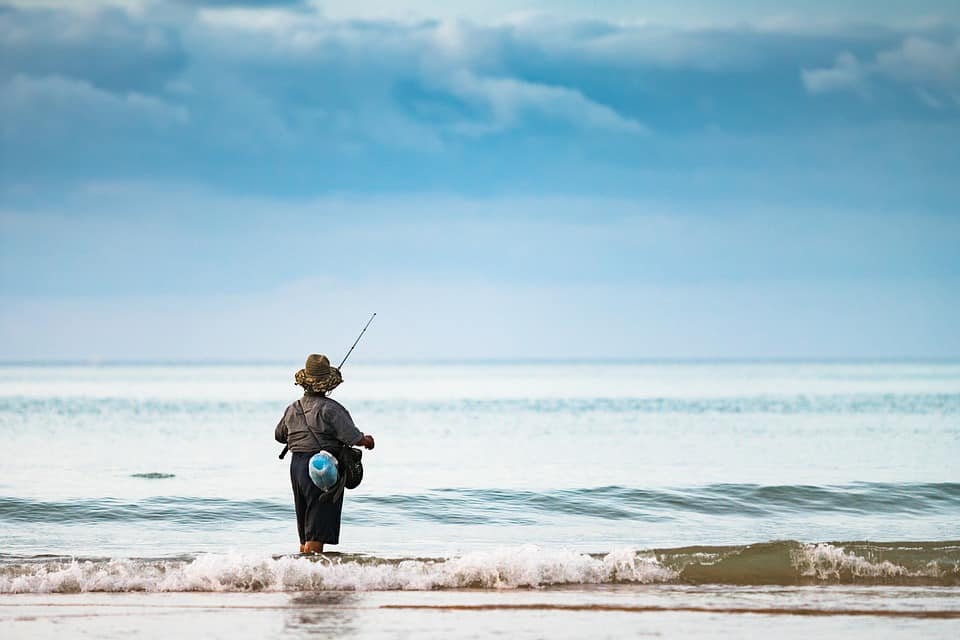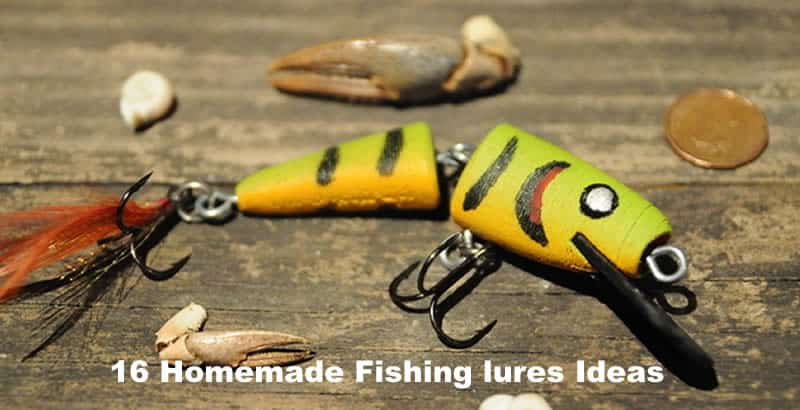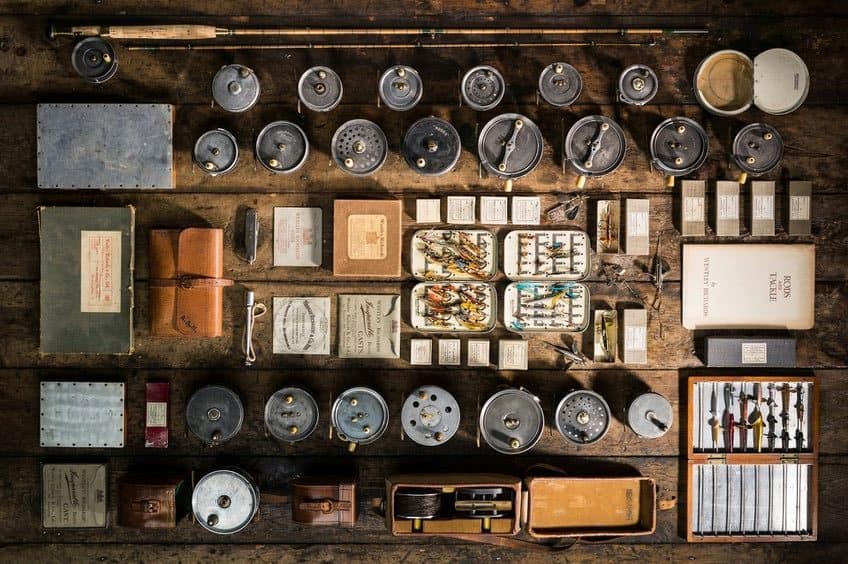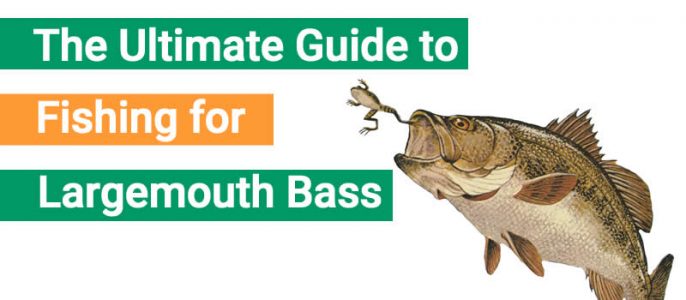If you buy via a link on this page, we may receive a commission, at no extra cost to you.Learn more
Whether you’re an avid angler or just beginning to pick up a rod and reel, diversifying your techniques and repertoire is critical. And one technique that is often overlooked but still effective is the Carolina Rig.
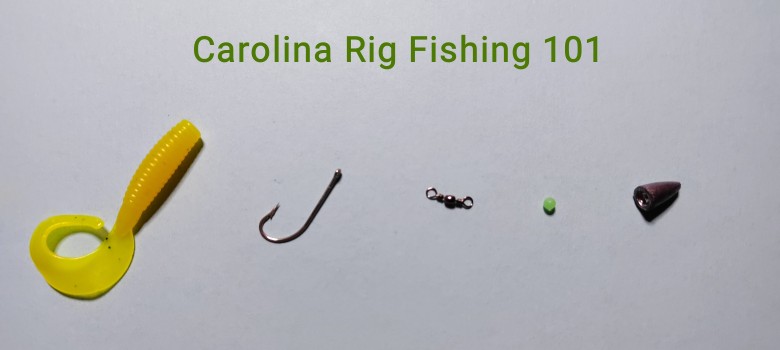
The Carolina Rig is a great option for largemouth and smallmouth bass hunkered to the bottom of the lake. Not only is this technique relatively easy to set up, but it will help anglers feel the bottom of their fishery to better understand the bottom’s structure and fish location without the help of sonar technology.
Key Takeaway: This article provides an overview of the Carolina Rig setup, recommended gear, tying instructions, best baits, and suitable rods and reels. Remember to adjust your tackle according to the water conditions and target species.
Before diving into this rig, it’s important to understand a Carolina Rig’s variations and uses. As you will see, some variables will be more suitable for certain situations and settings.
What Is A Carolina Rig?
A Carolina Rig is a tackle setup that uses a sinker (or weight), bead, swivel, leader, offset hook, and lure to fish along the bottom. For those familiar with a Texas Rig, a Carolina Rig is very similar, except the sinker of a Carolina Rig will not run all the way to the hook’s eye like a Texas Rig.
Carolina Rig Setup & Components
Any fishing technique will have variations in gear to fit the time of year, water conditions, and target species. These same rules apply to the Carolina Rig. Below, we have tabled the recommended tackle and general considerations for setting up your Carolina Rig.
| Gear | Size or Type | Considerations |
| Sinker/Weight | 3/8oz. to 1 oz. Recommended types of sinkers are bullet or cylindrical. Tungsten-made weights are preferred, as they sink faster and are not banned in some states like lead. | Some anglers use a Carolina Keeper in place of a swivel. This provides a stop-point for the bead and sinker while remaining adjustable. |
| Bead | Straight shank hooks are viable, especially if you’re fishing in weeds. Offset hooks can easily get caught in a tangle of weeds. | Glass beads will reflect light in murkier conditions. Glass beads will break if used with a tungsten weight. |
| Swivel | #7 barrel swivel will be a great option. | Dirtier or heavier covered water will warrant a heavier line. A longer leader will be required for clearer water. |
| Leader | It can be made of glass, plastic, or metal. 6mm will do just fine. | Dirtier or heavier covered water will warrant a heavier line.A longer leader will be required for clearer water. |
| Hook | Offset hooks with a wide gap are very common. 3/0 EWG hook is very common and frequently recommended | Straight shank hooks are viable, especially if you’re fishing in weeds.Offset hooks can easily get caught in a tangle of weeds. |
| Lure | Any soft plastic will work great with a Carolina Rig! | Unlike Texas Rigs, a Carolina Rig offers lure versatility. Live bait and crankbaits can be used with a Carolina Rig. |
Of course, the recommendations noted above would depend on the setup and conditions. For example, if you tie on a heavier lure due to dirty water, the rest of the setup would require a heavier adjustment.
In contrast, crystal clear water with a rocky bottom would make it difficult for heavier tackle and, therefore, require a smaller lure that is fishable with a lighter weight, leader, hook, etc. As always, no fishing technique is perfect, but rather a tradeoff. Be sure to play with these tradeoffs until you find what is most successful for the day’s conditions.
Tying On A Carolina Rig
Your gear order from the rod tip to the lure is as follows: line, sinker, bead, swivel, leader, hook, and lure. Start by threading the fishing line through your bullet or cylindrical sinker.
Then, repeat this same step with your bead. Now, tie your line with a preferred knot to one end of the swivel. Once your swivel is tied to your line, you will have a natural stopping point for the bead and sinker.
Next, you will create a leader with your fluorocarbon or monofilament line. The length of your leader depends on the water conditions (see above), but anywhere from 18-30 inches of leader will work. Tie one end of the leader to the swivel and one end to the hook eye. If you’re using a crankbait, tie the crankbait rather than a hook to the leader. Once you have rigged up your favorite soft-plastic lure or live bait to your hook, you are ready to fish!
Best Baits for A Carolina Rig
Soft plastics are the most common lures for a Carolina Rig, including straight worms, swim-tail worms, tubes, creatures, crawlers, beavers, etc. My advice with soft plastics would be to find something that has easy action- that way, if you need to fish slowly, your lure still has some enticing movement at its slow pace. One example of this would be Missile Bait’s Baby D Stroyer.
Best Rods & Reels for A Carolina Rig
This is a heavier setup than the normal bobber, split-shot, or crankbait setup. Therefore, a 7-foot medium-heavy rod will give you some finesse and power.
You can get away with a spinning reel, but many bass anglers prefer a baitcaster for their Carolina Rig. The baticaster will provide some heft and durability to this heavier setup.
How To Fish A Carolina Rig
You can use a Carolina Rig from the shore or the boat. Remember, this setup can cast far and easily detect the bottom’s structure and depth, so the pace or action you use with a Carolina Rig is up to you. Here are the basics.
- Cast to your desired length. If the water is clear, you will want to cast from a further distance.
- Let the sinker reach the bottom. You will know the sinker has reached the bottom by watching your line. If your line is tight, your weight is suspended in the water column and hasn’t reached the bottom. If the line is slack, you have reached the bottom.
- Reel in the slack as fast or slow as you wish, making frequent stops along the bottom. You will feel the weight bumping the bottom. Fluorocarbon and heavier weights will make any bottom detection easier.
- Some anglers give their rod a fast “twitch” to pop the lure through the water, while others slowly raise the rod tip to slow the lure’s action as it swims near the bottom.
- Remember, your weight hits the bottom- not the lure. So if your leader is 18 inches long, the lure will suspend 18 inches above the bottom (roughly). Play with this length to find the fish.
- When you feel the bite, reel your slack and set the hook.
- Have fun!
When To Fish A Carolina Rig
A Carolina Rig will be your best friend post-spawn until the fall season (depending on your location, this will vary). During this time, the water temperature gets above 70 degrees, forcing bass to retreat from the shallows to a deeper water column. A Carolina Rig will be very useful if you’re fishing along gradual points, hard points, or hard bottom.
Additionally, if you happen to be fishing in a secluded area or perhaps backcountry where you can’t haul a bunch of sonar and technology to read the lake bottom, use a Carolina Rig! Even if you’re not catching fish, you will at least feel some success learning to read the structure along the bottom.
Summary
Be sure to try out a Carolina Rig this summer when the bass head to lower depths. Not only will you find fish, but you’ll feel the bottom to better understand the fish’s structure, habitat, and location.

